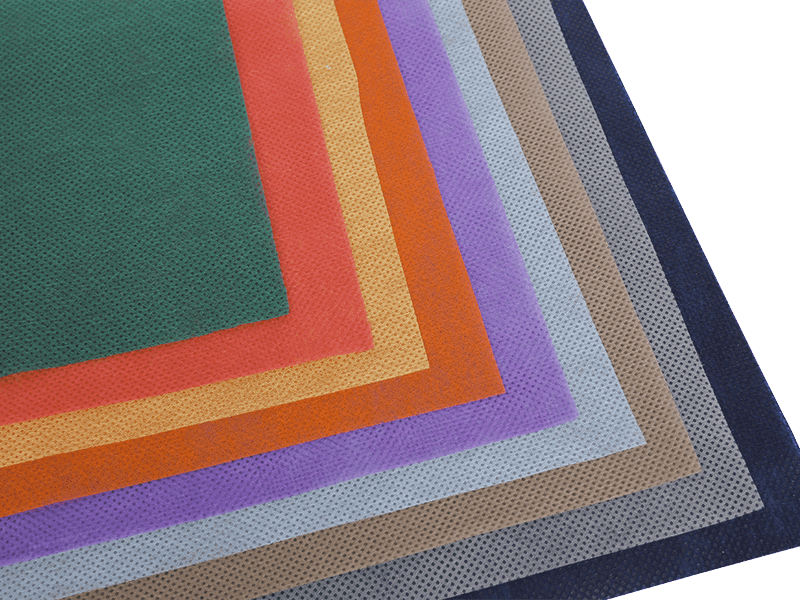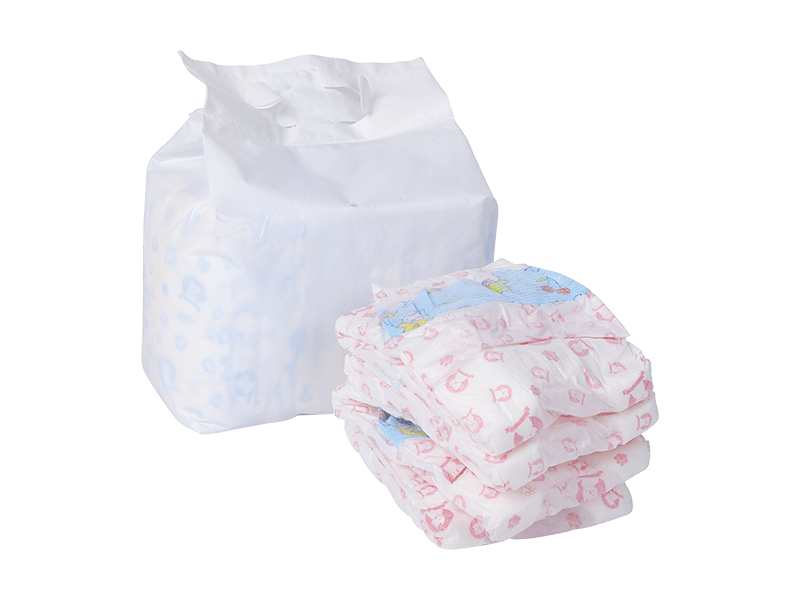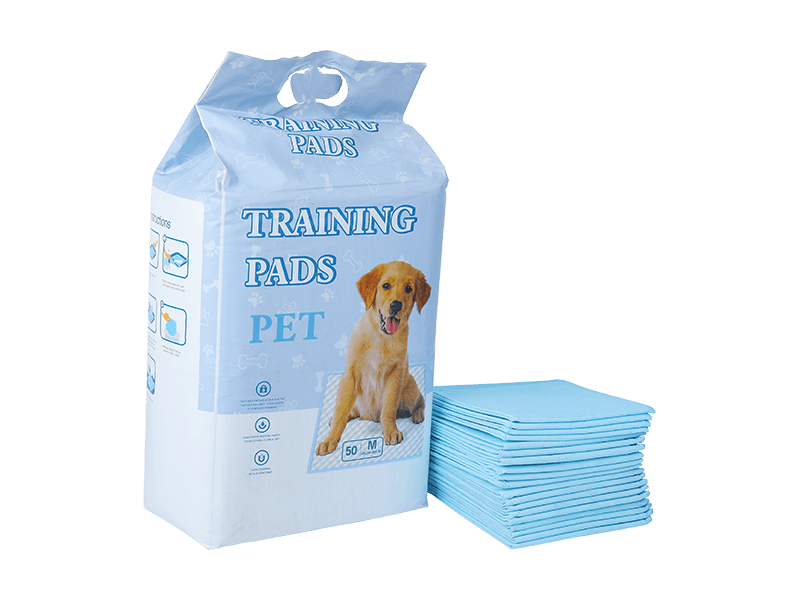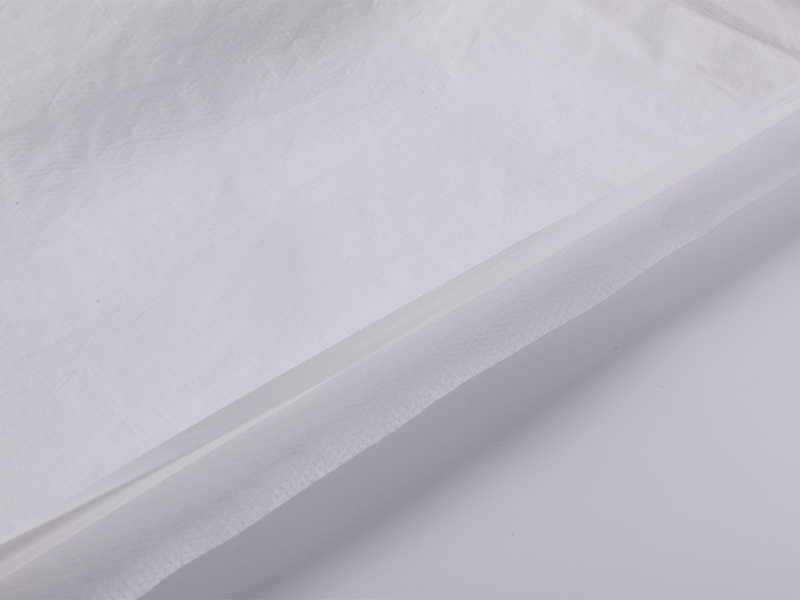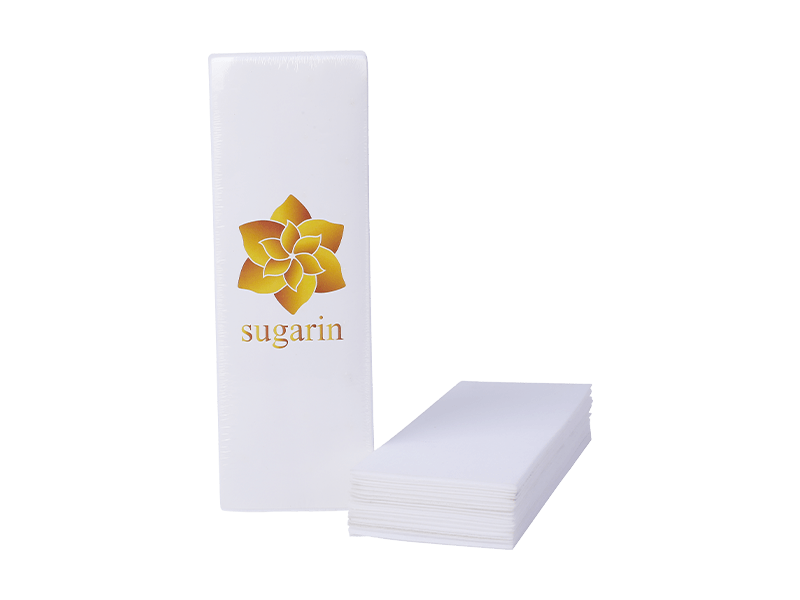Introduction to Kitchen Wipes
Kitchen wipes have become an essential cleaning tool in modern households, offering convenience and effectiveness for maintaining a hygienic food preparation area. These disposable or reusable cloths are specially designed to tackle grease, food spills, and bacteria that accumulate on countertops, appliances, and other kitchen surfaces.
Unlike regular paper towels, most kitchen wipes come pre-moistened with cleaning solutions that can cut through tough stains while disinfecting surfaces. The right kitchen wipes can save time and effort while ensuring your cooking space remains sanitary and presentable.
Types of Kitchen Wipes
Understanding the different varieties available will help you choose the most suitable option for your specific needs:
1. Disinfecting Kitchen Wipes
These are pre-moistened with antibacterial solutions that kill up to 99.9% of common kitchen bacteria. Ideal for use after preparing raw meat or when someone in the household is ill.
2. General Purpose Cleaning Wipes
Designed for everyday cleaning tasks, these remove grease and food particles without necessarily disinfecting. They're gentler on surfaces and often more affordable.
3. Eco-Friendly Kitchen Wipes
Made from biodegradable materials like bamboo or plant fibers, these wipes appeal to environmentally conscious consumers. Some come with natural cleaning solutions.
4. Reusable Kitchen Wipes
Typically made from microfiber or cotton, these can be washed and reused multiple times. They often require pairing with a separate cleaning spray.
5. Specialty Wipes
Some products target specific needs like stainless steel cleaning, granite care, or glass surfaces, with formulations designed to protect delicate materials.
Comparison of Popular Kitchen Wipe Brands
| Brand/Type | Key Features | Best For | Price Range |
| Clorox Disinfecting Wipes | Kills 99.9% of bacteria, bleach-free | High-traffic kitchens, disinfecting | $$ |
| Seventh Generation Free & Clear | Plant-based ingredients, no harsh chemicals | Eco-conscious users, families with allergies | $$ |
| Lysol Kitchen Pro Wipes | Cut through grease, antibacterial | Tough grease removal | $ |
| Method Antibacterial Wipes | Biodegradable, pleasant scents | Daily cleaning, mild disinfection | $$ |
| E-Cloth Reusable Wipes | Reusable up to 300 washes, water-only option | Reducing waste, budget-conscious | $$$ (long-term savings) |
How to Use Kitchen Wipes Effectively
Proper technique ensures you get the most cleaning power while maintaining safety:
1. Read Instructions Carefully
Different wipes have varying contact times needed for disinfecting. Some require surfaces to remain wet for 30 seconds to several minutes to kill bacteria effectively.
2. Wipe in One Direction
For thorough cleaning, wipe surfaces systematically in one direction rather than circular motions, which can just spread dirt around.
3. Use Separate Wipes for Different Areas
Designate different wipes for food prep surfaces, appliances, and high-touch areas like refrigerator handles to prevent cross-contamination.
4. Don't Forget Hidden Spots
Pay attention to often-missed areas like microwave keypads, cabinet handles, and backsplashes where bacteria can accumulate.
5. Dispose Properly
Used wipes should go directly in the trash—never flush them, even if labeled "flushable," as they can cause plumbing issues.
Safety Considerations When Using Kitchen Wipes
While convenient, kitchen wipes require some precautions:
1. Food Surface Safety
If using disinfecting wipes on surfaces that contact food, rinse with water afterward unless the product specifically states it's food-contact safe.
2. Chemical Sensitivity
Those with allergies or chemical sensitivities should opt for fragrance-free, dye-free options or natural alternatives.
3. Proper Storage
Keep wipes containers tightly closed to prevent drying out. Store away from heat sources which can degrade the cleaning solutions.
4. Surface Compatibility
Some wipes may damage certain materials like untreated wood, marble, or delicate metals. Always check manufacturer recommendations.
5. Child and Pet Safety
Store wipes out of reach of children and pets, as the solutions can be harmful if ingested.
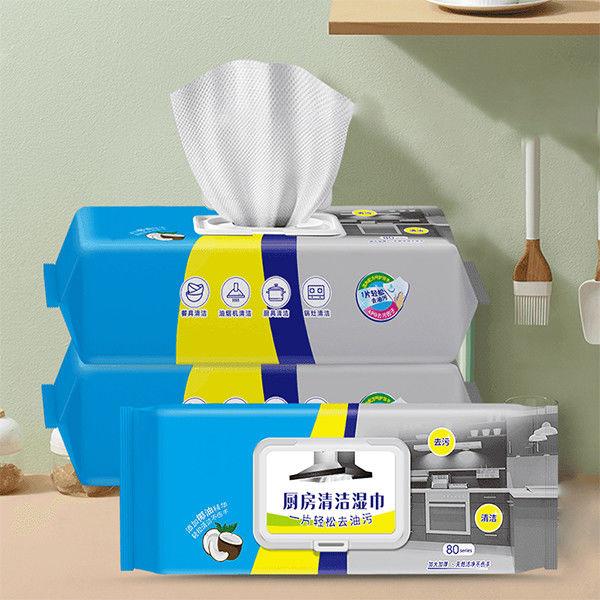
DIY and Eco-Friendly Alternatives
For those seeking more sustainable options or wanting to reduce costs:
1. Homemade Reusable Wipes
Cut old cotton t-shirts or towels into squares. Soak in a solution of water, vinegar, and essential oils (optional). Store in an airtight container.
2. Washable Microfiber Cloths
High-quality microfiber can clean effectively with just water, eliminating the need for chemical solutions.
3. Swedish Dishcloths
These cellulose-based cloths are super absorbent, biodegradable, and can replace dozens of paper towels.
4. Bamboo Paper Towel Alternatives
Reusable bamboo fiber "paper" towels can be washed and reused multiple times before composting.
Cost Comparison: Disposable vs. Reusable Options
While disposable wipes offer convenience, reusable alternatives often prove more economical over time:
- Disposable wipes: Average $0.03-$0.10 per wipe, with 70-100 wipes per container ($3-$10 per container)
- Microfiber cloths: $1-$5 each, lasting 100+ washes (cost per use: $0.01-$0.05)
- Swedish dishcloths: $5-$10 each, lasting 6-9 months with regular use
The break-even point for reusable options typically occurs within 2-3 months of regular use compared to disposable wipes.
Common Mistakes to Avoid with Kitchen Wipes
1. Using One Wipe for Multiple Surfaces
This spreads bacteria rather than eliminating it. Use a fresh wipe for each major surface area.
2. Not Letting Disinfectants Sit
Rushing the process prevents the solution from having enough contact time to kill germs effectively.
3. Storing Near Heat
Heat causes the cleaning solution to evaporate, leaving dry, ineffective wipes.
4. Using on Electronics
The moisture can damage appliance controls and touchscreens unless specified as safe for electronics.
5. Assuming All Wipes Disinfect
Many general-purpose wipes clean but don't kill bacteria—check labels for EPA registration numbers which indicate true disinfectants.
Expert Tips for Maximizing Kitchen Wipe Effectiveness
1. Combine with Deep Cleaning
Use wipes for daily maintenance but schedule weekly deep cleaning with specialized products for grout, oven interiors, etc.
2. Organize by Purpose
Color-code or label wipe containers for different uses (disinfecting, appliance cleaning, quick wipe-ups) to prevent cross-use.
3. Extend Disposable Wipe Life
If wipes dry out, add a small amount of isopropyl alcohol or the manufacturer's recommended solution to revive them.
4. Multi-Purpose Use
Many kitchen wipes work well for quick bathroom touch-ups or cleaning up after pets, making them versatile household helpers.
5. Bulk Buying Strategy
Purchase larger quantities of your preferred brand during sales, but ensure you'll use them before expiration dates.
Future Trends in Kitchen Cleaning Wipes
The kitchen wipe market continues to evolve with new innovations:
1. Enhanced Sustainability
More brands are developing plant-based, compostable wipes and refill systems to reduce plastic waste.
2. Smart Packaging
Containers with moisture sensors and automatic dispensing mechanisms are emerging to maintain wipe freshness.
3. Targeted Formulations
Specialized solutions for eliminating specific pathogens (like norovirus) or tackling new kitchen challenges.
4. Subscription Models
Auto-delivery services for wipes tailored to household size and usage patterns.
5. Multi-Surface Compatibility
Universal formulas safe for all surfaces from wood to electronics are becoming more common.
Conclusion: Choosing the Right Kitchen Wipes for Your Home
Selecting the ideal kitchen wipes depends on your specific needs, priorities, and budget. For heavy disinfecting needs, EPA-registered antibacterial wipes offer peace of mind. Eco-conscious households might prefer reusable options or plant-based disposables. Those focused on grease removal may prioritize strength over disinfecting properties.
Remember that no single product solves all cleaning challenges—consider maintaining a small selection for different purposes. Whatever you choose, proper usage techniques will ensure you get the most value and effectiveness from your kitchen wipes while maintaining a clean, healthy food preparation environment.
By understanding the options available and implementing best practices, kitchen wipes can be powerful allies in your home cleaning routine, saving time while helping maintain hygiene standards that protect your family's health.


 English
English 中文简体
中文简体 русский
русский


